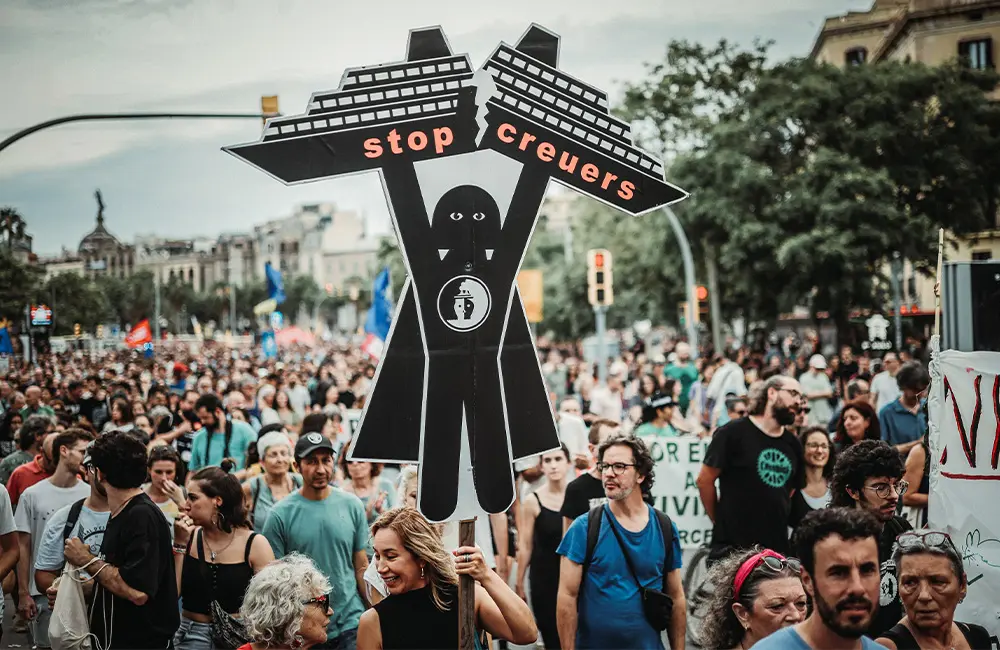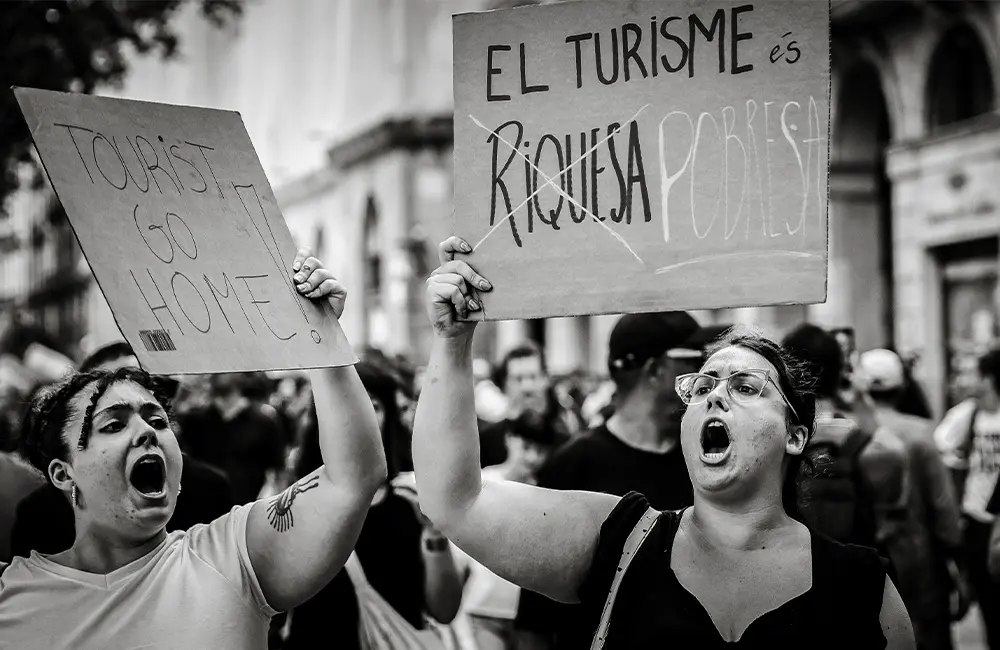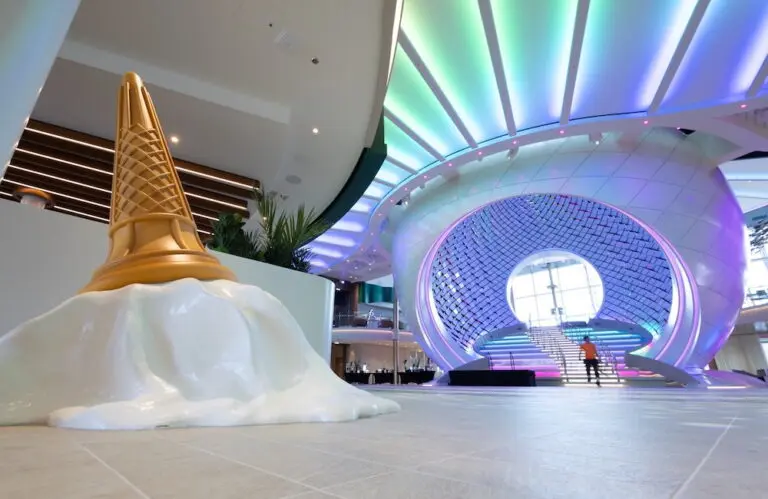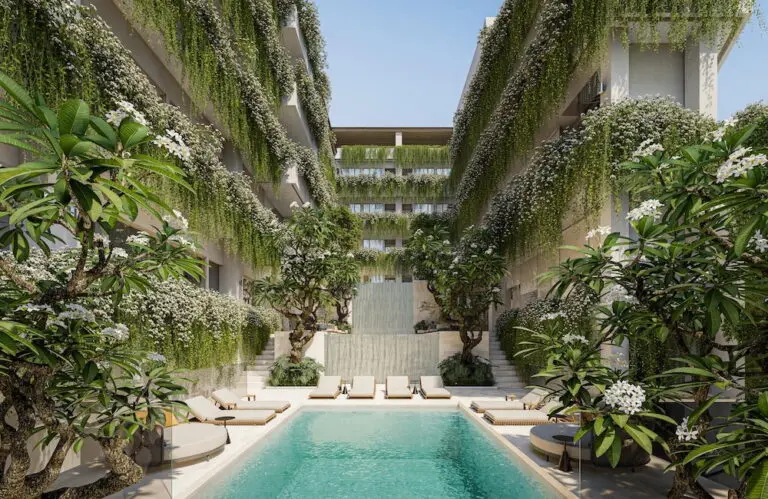Thousands of demonstrators again took to the streets of the Balearic Islands last weekend to protest against overtourism and its impact on local communities. Major protests occurred in Menorca, Mallorca, and Ibiza, with the central issue being the strain that holiday rentals are putting on the housing market, making it increasingly unaffordable for residents.
In Palma de Mallorca, the capital of the largest Balearic Island and legendary overtourism hotspot, around 20,000 people marched through the streets holding signs that read “SOS Residents” and “Enough Mass Tourism.”
The demonstrators in Menorca echoed these sentiments, with hundreds of people joining the protest there. The Balearic Group of Ornithology and Nature Protection of Menorca (GOB Menorca) highlighted on its website the issues of mass tourism, housing access, water management, and the need for economic diversification on the island.
While tourism accounts for a whopping 45 per cent of the Balearic Islands’ gross domestic product (GDP), demonstrators in Menorca and Mallorca say holiday rentals are pricing locals out and have had enough.
According to the Spanish National Statistics Institute, the Balearic Islands are the second most popular region in Spain for tourists after Catalonia. Last year, 14.4 million holidaymakers visited the Balearic Islands, with most of the tourists coming from Germany or the UK (23 per cent and 22 per cent, respectively). Catalonia accommodated 18 million tourists, while the Canary Islands saw 13.9 million visitors in 2023.
For context, Australia welcomed 4.6 million visitors in the year ending March 2023.
The impact of overtourism on the housing market was a central theme of the protests. “We want a limit on new tourist places and a ban on more illegal flats. With fewer flats around on the market, it pushes up the price,” said Rafael Gimenez, a spokesperson for Prou Ibiza, which organised a separate protest in Ibiza on Friday, drawing about 1,000 participants.
Speaking to The Independent, Javier Carbonell, a real estate agent in Mallorca, voiced the desire for a shift in tourism practices: “We want less mass tourism and more sustainable tourism.” This call for sustainable tourism resonates with many locals who feel overwhelmed by the influx of tourists each year.

Protesters in Mallorca carried placards, signs, and even a model cruise liner and private jet to symbolise their grievances against the overwhelming number of tourists. Handwritten messages on banners read “Too many tourists” and “We used to have a life…,” capturing the frustration and despair of many locals who feel that the tourism boom has compromised their quality of life.
The protests in the Balearic Islands coincided with similar overtourism demonstrations in Barcelona, Malaga and the Canary Islands, reflecting a broader discontent across Spain’s island and coastal regions. Just a fortnight ago, protesters in Barcelona also marched against mass tourism, spraying tourists with water pistols and demanding more regulation and control to prevent further negative impacts on their communities.
The timing of these protests, in the height of summer and just as some UK schools have broken up for the holidays, disrupted the usual flow of tourists, particularly in Mallorca, a key destination for British holidaymakers. The infamous party resort of Magaluf, a mere 20-minute car journey from Palma, exemplifies the type of tourism that many locals are rallying against.
The ongoing pressures of overtourism on locals have been a hot topic in recent months. As the demonstrations continue, the call for sustainable tourism practices grows louder, with locals urging authorities to take decisive action to protect their communities and preserve the islands’ natural beauty.
As the movement for sustainable tourism gains momentum, it remains to be seen how authorities will respond to these passionate calls for change. Clearly, the future of the iconic Balearic Islands depends on finding a balance to ensure that both residents and tourists can coexist harmoniously.






